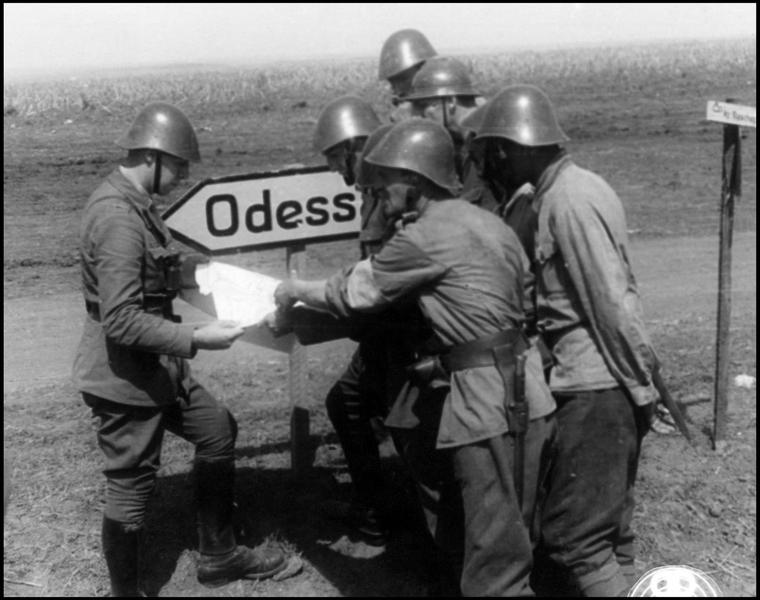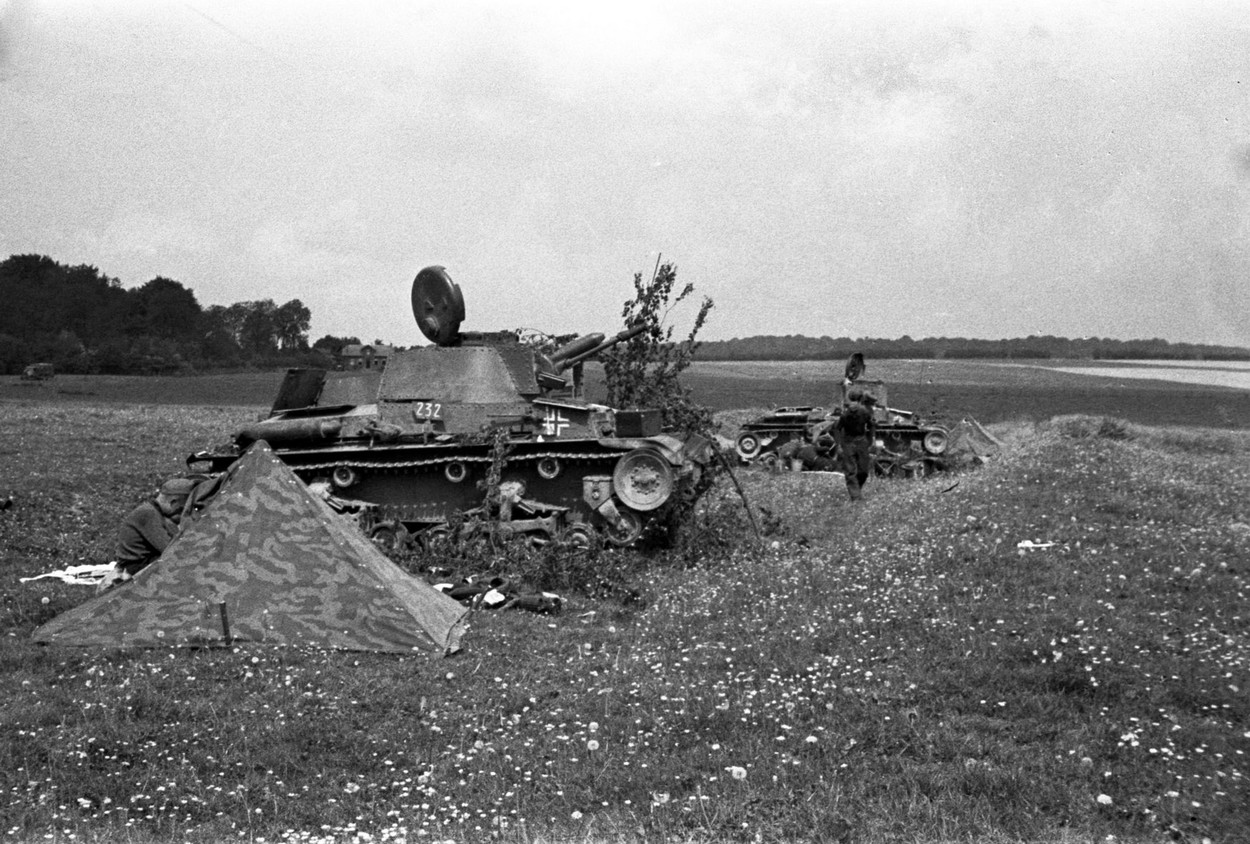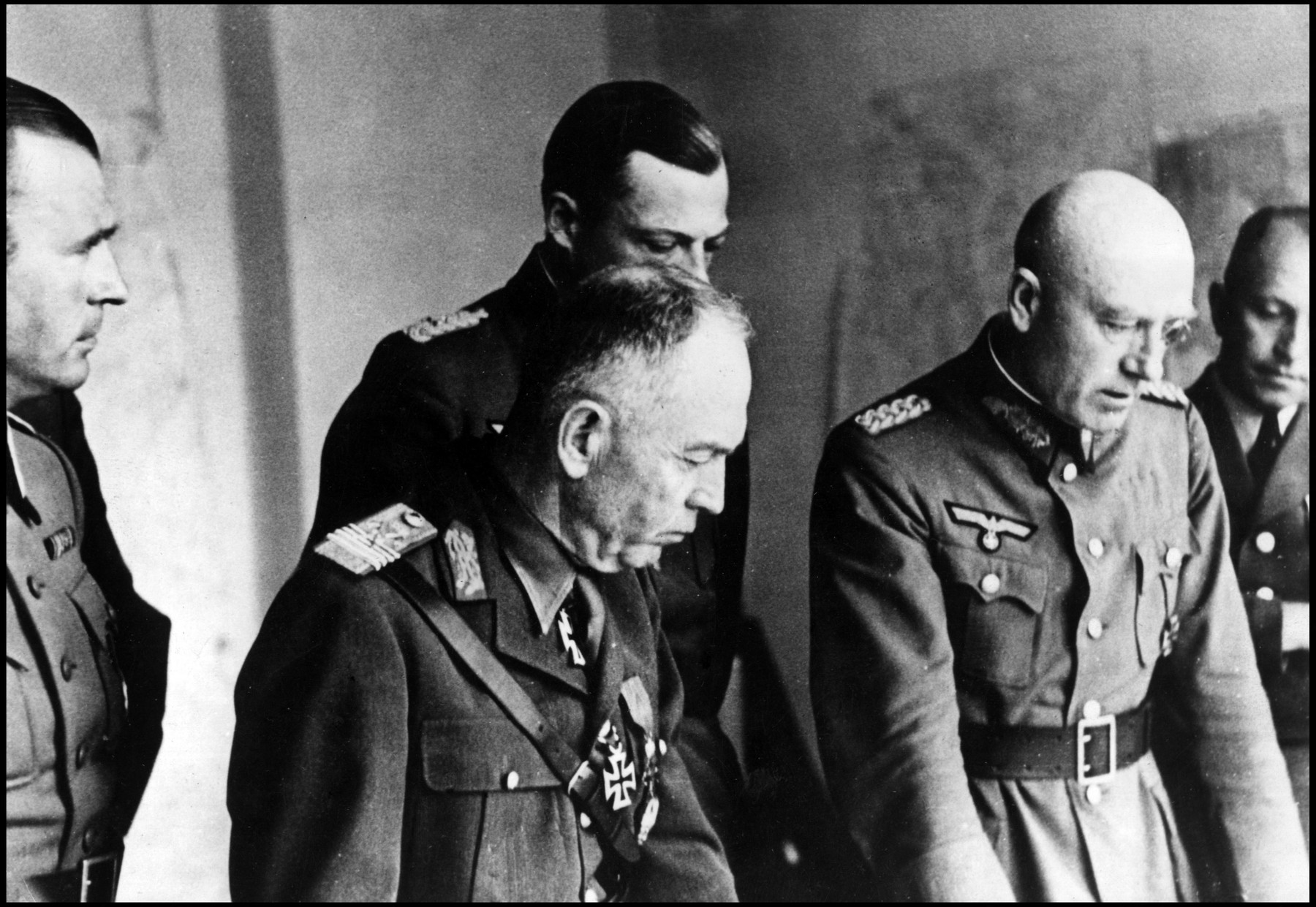
The Battle of Odessa, which lasted from early August to October 16, 1941, was the only Romanian military operation independent of the Wehrmacht on the Eastern Front in World War II. Despite the importance of the Romanian victory, the specialized literature on this topic is rather poor.
During the communist period, the actions of the Romanian army on the eastern front were kept quiet for obvious reasons. On the other hand, even in the last 30 years, this topic has not received due attention.
Analyzing the information we have, we cannot deny the scale of the siege or the importance of the Romanian success, but we must take into account several aspects that overshadowed the victory, which was also highly praised by the German High Command.
The situation at the front in the summer of 1941
As you know, the summer of 1941 was successful for the Axis troops, who advanced significantly along the entire front. The Romanian army was part of the “South” army group, providing the southern flank of the offensive. After the liberation of Bessarabia and Northern Bukovina on July 27, 1941, Adolf Hitler, motivating military operations on the southern flank of the front, appealed to General Antonescu to continue military operations for the Dniester.
Four days later he would reply that he would “go to the end”, that “he does not set any conditions and does not discuss this military cooperation in the new territory”, that he is “fully confident in the justice that Führer Chancellor Adolf Hitler will do this to the Romanian people”. . In doing so, Antonescu aimed to gain German support for the reunification of the country’s western border.
Even during the battles for the liberation of Bessarabia, the weakness of the Romanian army was obvious. Thus, despite the fact that the battle of Siganka was decided in favor of the Romanian troops, the losses of people and material resources were significant. The lack of training, as well as the lack of equipment and heavy weapons, was obvious.
At Germany’s insistence, the Romanians cross the Dniester between Tighina and Dubesari. Later, together with the Germans, Romanian troops advance to the Bug, a river to which the 3rd Romanian Army under the leadership of General Petre Dumitrescu will enter. On August 8, the 4th Army received an order to capture Odessa.
From a purely military point of view, the strategic necessity of the battle for Odessa does not raise any doubts. The city was the enemy’s main base of land, naval and air operations, located only 150 km from the Danube Delta, 300 km from the Cernavoda Bridge and 400 km from Bucharest and the oil zone, from where Soviet forces could easily intervene to destroy the Victory Romania and Germany, acquired shortly before.

Photo: Romanian soldiers studying a map / Source: Leemage / AFP / Profimedia Images
The main mistakes in conducting the siege of Odessa
At the request of General Ion Antonescu, mainly Romanian forces were involved in the Battle of Odessa. This decision revealed a heightened confidence in the strength of the Romanian army, an optimism that completely ignored the reality of the front.
Thus, the 4th Army began its offensive on August 8, managing to block the retreat of the Russians to the north and east in the very first days. This success was celebrated against the background of heavy losses, which should have been a wake-up call for Antonescu.
The first operations caused serious dissatisfaction in the German High Command (OKW). He ordered some units to be sent to support the Romanian offensive, but the Romanian forces continued to advance without waiting for German help, resulting in limited success and heavy casualties.
Thus, on August 24, the Romanians were stopped at the main line of defense of the Soviet troops. The 4th Army has already suffered losses of 27,307 people, including 5,329 dead.
There are indications that support the hypothesis that General Antonescu relied on the capabilities of the 1st Armored Division “Greater Romania”, which he tried to use as a strike force. The fact that it consisted almost exclusively of obsolete R-2 tank models was ignored and by the time it reached the fortifications defending Odessa, it had lost almost half of its forces.

Photo: German tank Panzer 35
After two months of extremely fierce fighting, the Romanian army would succeed in entering Odesa on the evening of October 16, finding the city abandoned by the Soviet defenders, the last evacuation ship having left the docks that morning.
The help received from the Germans during the siege was minimal, mainly due to Ion Antonescu’s desire for Odesa to be a 100% success for Romania.
Why the leader of the Romanian state did not draw the correct conclusions from this date after this so hard-won battle is a question that remains for future generations.
The inability of the Romanian army to carry out rapid offensive actions with good coordination between arms, as required by modern warfare, was revealed after the Munich operation (the liberation of Bessarabia and Northern Bukovina), especially during the Battle of Șiganca.
The significance of the occupation of Odessa by Romanian troops
As for the importance of the Romanian victory in Odesa, it is beyond doubt. Regarding the conditions in which it was received, there are two opinions among military experts.
Thus, on the one hand, there are military historians who believe that the Romanian occupation of Odesa on the southern front largely contributed to the great victory of the Germans in Kyiv, where 600,000 Russian soldiers surrendered.
Essentially, the argument behind this statement relates to the fact that the Soviets were unable to redeploy enough troops to break through the ring in which the three Russian armies were trapped near Kiev.
At the same time, there is an opinion that, on the contrary, the success achieved by the Romanians on the southern flank of the front became possible through the prism of the catastrophic Soviet defeat in Kyiv. There is no doubt that it is difficult, if not impossible, to give a final verdict on this matter.

Photo: Marshal Ion Antonescu / Source: Leemage / AFP / Profimedia
The pride of Ion Antonescu
It is indisputable that the occupation of Odessa took place due to huge human sacrifices on the part of the Romanian army. It remains debatable whether these losses could have been avoided or at least reduced.
Important names in military history claim that victory at any cost in the Battle of Odessa was Antonescu’s personal goal.
The head of state never accused the Romanian army of a lack of equipment and heavy weapons. The expression used in reports and assessments has always been unambiguous: “mistakes made over 20 years”.
In other words, the responsibility was not his, all the interwar governments bore the main burden of the current state of affairs.
In addition to the fact that after the occupation of Odessa he received a marshal’s baton, he wanted with all his heart to prove to the Germans the usefulness of the Romanian troops in the campaign against Russia.
That his reasoning was completely wrong was proved later when the disaster occurred at the bend of the Don.
Literature:
– Mark Axworthy, Cornel Skafesh, Christian Krechunu, Third Axis. The fourth ally. The Armed Forces of Romania in the European War of 1941-1945
– Mark Axworthy and Horia Sherbanescu, The Romanian Army of World War II
– BH Liddell Hart, Why Don’t We Learn from History?
– BH Liddell Hart, A History of the Second World War
Read other articles on this topic written by Andrii Stan:
- The story of one disaster: Romanian tanks on the Eastern Front / Marshal is a Romanian project stolen by the Soviets
- The Battle of Siganka is one of the loudest victories of the Romanian army and an ignored lesson that could have prevented disaster at Don’s elbow
- Operation Barbarossa or Why the Greatest Invasion in History Failed
- VIDEO Who was Ion Toba-Hatmanu, a hunter of Bolshevik partisans”,
- Witold Pilecki, a Polish hero whose memory the Russians want to erase
- A war in which Israel could be wiped off the world map
- Why are Russians afraid of Leopard-2 tanks? / The T-90 tank or where Russia went wrong
- “Uranus”, a very successful operation of the Russians near Stalingrad / Try the Kremlinthe same strategy for Kyiv?
- Operation “Maritsa” or the real reason why the Germans did not occupy Moscow
- “White shirt attack”, one of the most glorious and crazy Romanian military actions
- The military campaign of the Russians, which was a resounding success. The history of the counteroffensive, which was the basis of the German blitzkrieg
- The battle in which the Russian general sent 11 thousand Romanian soldiers to their deaths
- “Not a step back”: the famous Stalin’s order 227 and blockade special forces
- The Battle of Turtukaia is one of the most shameful defeats in the history of the Romanian army
- Why the blitzkrieg of the Russians in Ukraine failed
Source: Hot News
Ashley Bailey is a talented author and journalist known for her writing on trending topics. Currently working at 247 news reel, she brings readers fresh perspectives on current issues. With her well-researched and thought-provoking articles, she captures the zeitgeist and stays ahead of the latest trends. Ashley’s writing is a must-read for anyone interested in staying up-to-date with the latest developments.